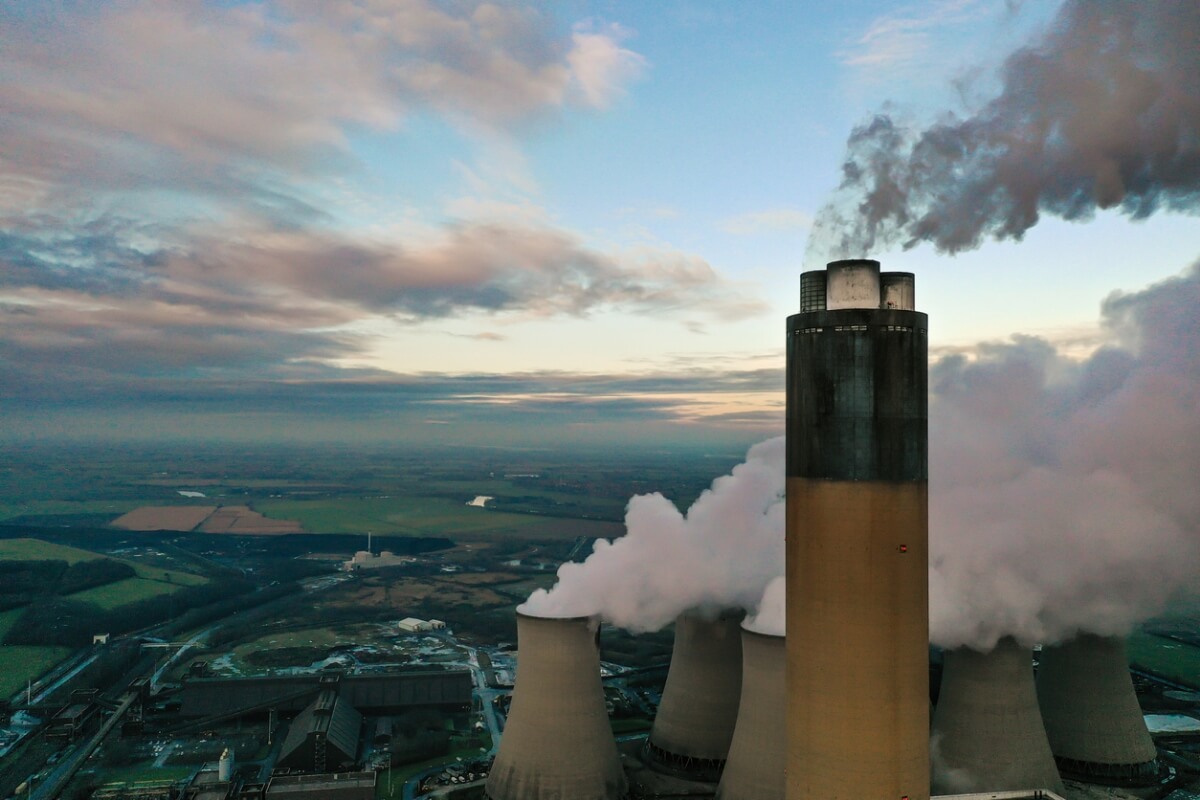Insight Focus
- Tariff to create level playing field with countries that do not price carbon emissions.
- Carbon tariff may cover products including steel, cement, aluminium.
- Government will consult on scope in 2024.
The United Kingdom is to carry out a public consultation on introducing a Carbon Border Adjustment Mechanism (CBAM) to take effect from 2027, according to documents published in late December.
The UK’s border tariff will cover imports of aluminium, cement, ceramics, fertiliser, glass, hydrogen, iron and steel, though other products may be added following the consultation, the government said. Companies importing these products will be required to report the carbon emissions generated by their manufacture, and buy special certificates to offset those emissions.
The goal of the CBAM is to create a level playing field between UK manufacturers – who are subject to a price on carbon emissions under the UK ETS – and foreign manufacturers of the same products, who may not be. Imports from countries where there is no carbon price in effect will be exposed to the full cost of the tariff.
The UK’s announcement follows the implementation of the EU CBAM in October last year; importers to the EU must now report the carbon content of selected products, and from 2026 will be required to buy CBAM certificates that will be priced according to the average weekly EU Allowance auction price.
Britain’s carbon tariff “will be applied to Scope 1, Scope 2 and select precursor product emissions embodied in imported products to ensure comparable coverage with the UK Emissions Trading Scheme,” the government said.
Before the introduction of CBAM, domestic producers were shielded from the full cost of carbon emissions by the allocation of free permits. This ensured that local producers were not put at a disadvantage against their international competitors from the cost of allowances.
However, with the advent of CBAM, the free handouts of allowances will be eliminated, exposing EU and eventually UK manufacturers to the full cost of their climate impact.

Source: iStock
The UK’s announcement suggested however that not all free allowances would be eliminated under the British system.
“The UK CBAM will apply an effective carbon price to imports, which will be significantly lower than the headline explicit UK ETS price, to reflect domestic free allowances,” the government document stated, suggesting that at least some free UKAs would continue to be issued, and that the CBAM levy would not match the UK’s price on carbon.
This runs counter to the EU’s stated intention to eliminate all free allocation of EUAs soon after 2030.
Under the EU’s CBAM regime, CBAM certificates will not be eligible for use in the EU ETS, nor will EUAs be accepted as CBAM compliance instruments, thus maintaining a strict delineation between the two systems.
However, many sources believe that larger importers may use the EU ETS to hedge their CBAM exposure, which could drive some additional demand for EUAs in the EU market.
The government will carry out a consultation in 2024, including on the precise list of products to be covered by its CBAM.













